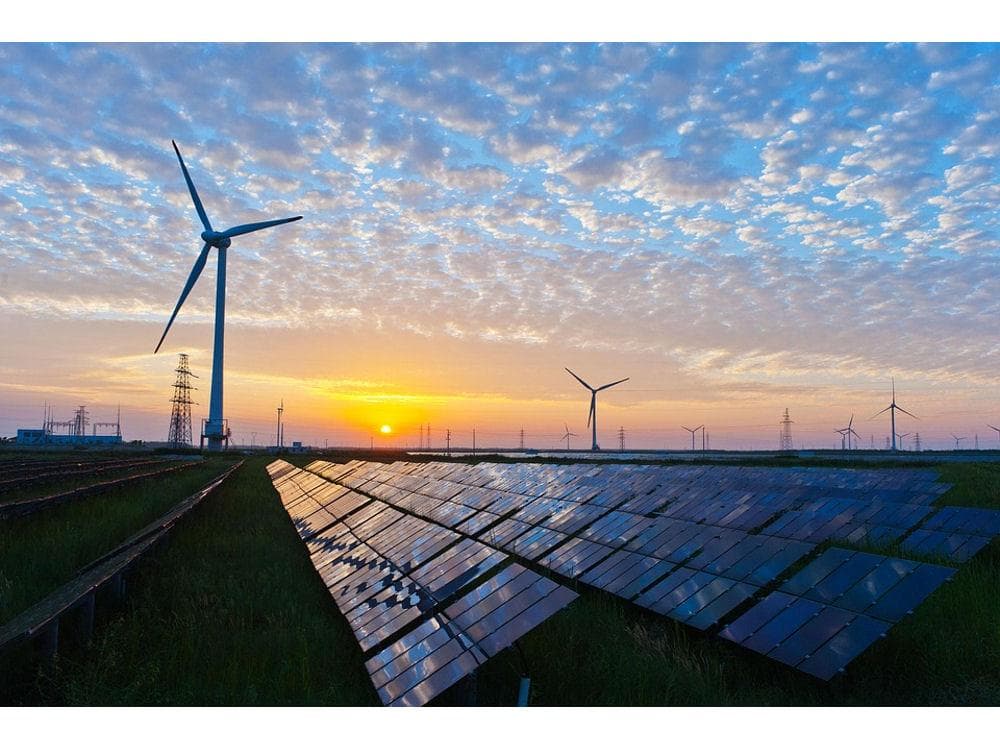There has not been a successful demonstration of a renewable plus storage grid, even with generation support from fossil, nuclear, geothermal and biomass generators. Previous commentaries (here, here and here) have described a conceptual demonstration of a renewable plus storage grid without support from fossil generation, its documentation and reporting. However, this demonstration began with installed and operational renewable generation and conceptual storage. There is growing concern that such a renewable plus storage grid, even with physical storage, would be unreliable and extremely expensive.
Recently, New York State Senator George Borrello proposed legislation in New York State which would prohibit the use of fossil fuels in the manufacturing of renewable energy equipment. This legislation would extend the conceptual demonstration discussed above one step upstream, requiring demonstration that the components of a renewable plus storage grid could be manufactured using predominantly renewable energy, without fossil fueled backup.
However, there is the potential to extend the conceptual demonstration several more steps upstream. The Administration proclaimed that the transition to renewables would result in millions of new, high-paying union jobs, presumably in the US. They also assured that this transition would result in dramatic reductions in greenhouse gas (GHG) emissions. Analyzing the success of the transition in achieving these goals requires starting at the beginning of the supply chain and expanding upon Senator Borrello’s proposed legislation.
The supply chain begins with the use of electric mining equipment to mine the raw materials required to fabricate the wind, solar and storage components of the renewable plus storage grid in US mines and the use of electric transportation to move these raw materials to the manufacturing facilities at which the components of the system would be fabricated. The fabrication of the components would occur in US plants using electric processing equipment.
The steel and cement required for installation of the system components would also be produced in US plants. In the case of the calcining of limestone to produce cement, carbon capture and storage (CCS) systems would be required to capture the CO2 released from the limestone.
Preparation of the installation sites for the wind and solar generators and the storage systems would be performed by US manufactured electric earthmoving equipment. The system components would be transported to the installation sites by US manufactured electric trucks or electrified trains and erected using US manufactured electric cranes.
The supply chain described above would be drastically different from the current supply chains for wind turbines, solar collectors and storage batteries, all of which currently require mining and processing of minerals in Asia and Africa and frequently rely on foreign manufacture, particularly of solar collectors and wind turbines. The current supply chain effectively limits US jobs to system installation and maintenance, and excludes mining, processing and manufacturing jobs. The mining and processing jobs exist mostly in Asia and Africa, while the manufacturing jobs exist in Asia and Europe.
The mining and processing jobs in Asia and Africa and the manufacturing jobs in Asia reputedly rely on child, forced and prison labor, which substantially reduces their costs.
